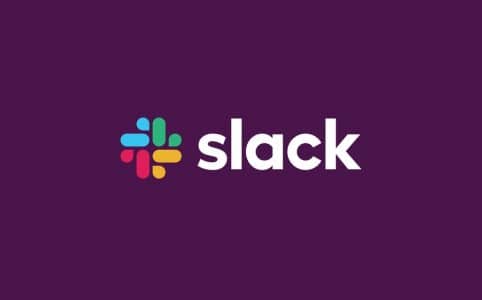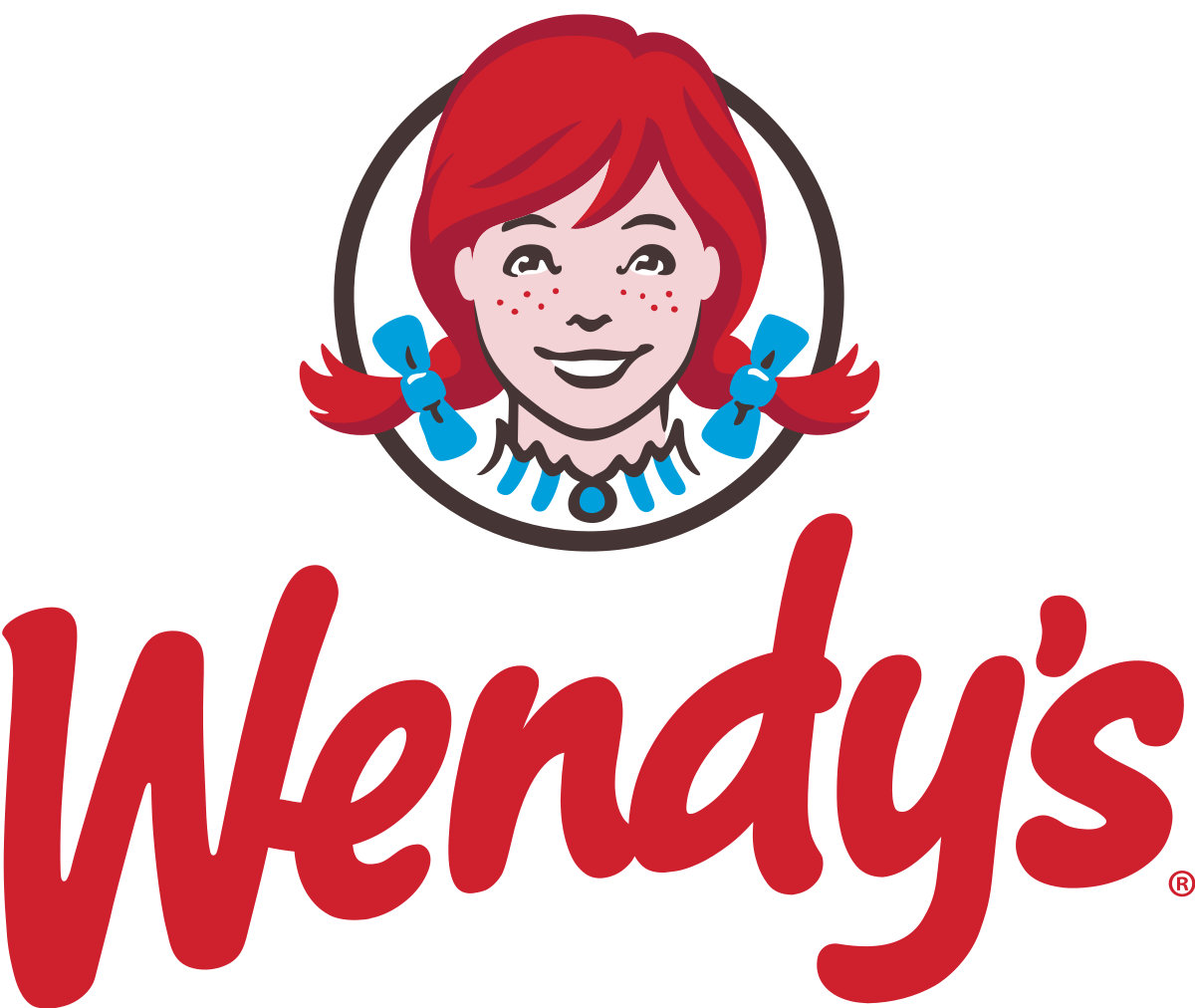Why Has Slack Chosen a Direct Listing Over an IPO? - Dispatch Weekly
June 20, 2019 - Reading time: 6 minutes

Slack was founded in 2014 by Flickr co-founder Stewart Butterfield, initially meant as a way of communicating between his internal team, it has grown to become one of the worlds largest workplace messaging systems in the last 4 years. On the 20th of June 2019, it is being taken public as it is listed in the NASDAQ. It is thought that the debut could see the company valued at over $17 billion but how have they got here?
Who is involved?
Slack provides over 9 million users with multimedia messaging, channels, and platforms that allow for businesses of all sizes to communicate thoroughly amongst one another. The Creative Director of Slack, Anna Pickard, simply puts it that “We are helping to create a bridge between how we communicate with friends and family and work.”
While its primary purpose is for direct messaging between a company’s employees, it also serves as a messaging platform amongst said employees’ family members and friends. It provides a series of “channels” or smaller, more specified chats where the company can prioritize certain topics of interest. It allows for direct messaging amongst employees while at the same time, uses these channels to create more personal conversations amongst an employee and the business as a whole.
In many cases, the organisation is so large and consists of so many employees that it is hard to remain in contact with one another. Slack gives these companies the opportunity to have one-on-one conversations between employees as well as have access to immediate postings and shared messages that the whole company can retrieve at any time.
One of the popular features Slack provides is the availability of shared articles, messages, links, etc. no matter how long ago it was posted. If a business decides to expand its employee base and add a member to their Slack page, the newly added member has immediate access to past postings and messages the company has previously posted. This has opened up a world of infinite possibilities within these companies and has made it immensely easier for all its users.
Slack Opts for Direct Listing
One of the major talking points surrounding Slack’s debut is the decision by the company to opt for a direct listing as opposed to an IPO. Slack is one of a number of Silicon Valley Unicorns who are deciding to undertake a direct listing as opposed to an IPO in recent years.
One of the highest profile companies to do so was Spotify in April 2018. A direct listing consists of companies placing its existing private stock on the public exchange without increasing the number of shares or having its stocks underwriters. This is a process that does not suit all firms and has a number of advantages and disadvantages against the ever popular IPO.
Benefits of Direct Listing vs IPO
The main benefit of a direct listing is the cost savings that can be achieved. An IPO can cost well over $100 million, typically 2-8% per share. This cost is justified by the efforts of the underwriting banks to build up interest in the stock as well as accurately pricing the stock.
When a direct listing occurs no new shares are created and hence no underwriters are needed, saving a significant amount of capital.
In the case of Spotify, they proceeded with a direct listing because “It offered greater liquidity, allowed existing shareholders to sell shares directly to the public and allowed transparency with market-driven price discovery, among other reasons.”
When there is no new share creation this also stops share dilution and avoids lockup periods of up to 180 days when major shareholders are unable to participate in trading activities.
Disadvantages of Direct listing vs IPO
The main disadvantage of a direct listing is the lack of safety net. Often with an IPO the underwriter will guarantee the sale of a certain number of stocks and purchase the excess. Using an underwriter also allows the promotion of the business to a wider audience, which is not always necessary for larger brands such as slack.
Another important difference is the ability to raise capital. As no new shares are created only so many can be sold, limiting the amount of capital. The importance of this depends on the financial situation and the need for liquidity of the company.
Companies need capital to grow
In order for a business to expand and achieve its full potential, it must have sufficient capital. The CFO of Spotify wrote “Companies have more flexibility than they may realise when it comes to raising capital. And the same is true when it comes to going public.” With that being said, as Slack goes public on the 20th of June, the business as a whole should have an increase in capital similar to that of Spotify.
With an IPO, there is the potential that supporting banks manage the stock price inaccurately. As a result, high prices cause the shares to end up devalued to the employees and low prices cause investors to lose the opportunity to sell at a higher price. Direct listing avoids this potential fluctuation in prices and gives more control to companies over the IPO process as a whole. Insiders and shareholders sell their shares whenever they please incurring far fewer bank fees at about 1% opposed to 7%. As a result of a smaller fee, the company, in this case, Slack, has room to expand its capital if necessary.
A disruption to the established financial system, only time will tell if the decision to ignore the regular IPO route will pay dividends or see the companies $17 billion valuation flop.

DW Staff
David Lintott is the Editor-in-Chief, leading our team of talented freelance journalists. He specializes in covering culture, sport, and society. Originally from the decaying seaside town of Eastbourne, he attributes his insightful world-weariness to his roots in this unique setting.




